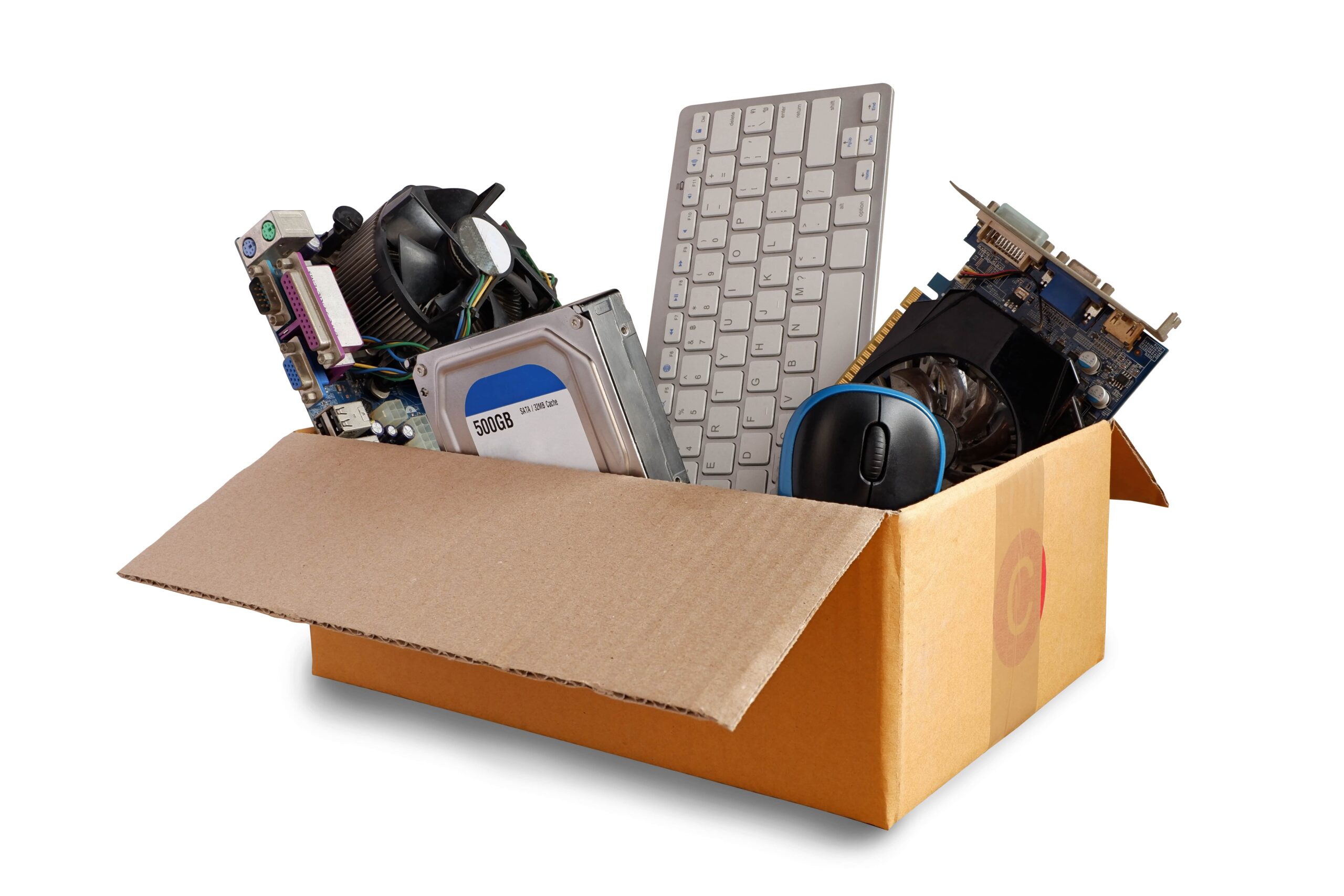Shape Search for Parts so you Can Re-Use Rather than Re-Invent

“Shape search?” What does it mean? Do you know you can search for parts by SHAPE, and not just by WORDS? Have you ever thought about how many words there are to describe any single part? What I call “bracket,” you might know as “support,” “angle-iron,” “reinforcement,” or “brkt”… all could describe parts that have the same shape. A word-based search might find some similar parts but a search by shape would find them all.
It can answer the question: “Has anyone in my company ever worked with this part or a similar one before?”
With shape search you don’t have to worry that everyone names parts the way you do. Shape search makes it so much easier to find an existing part for re-use, which is so much more efficient than re-inventing. Traditional search methods are based on keyword which means that if you do not know the name of the part you cannot find it. Naming is notoriously inconsistent. Names can vary by engineer. Departments often work in silos. Companies grow through merger and acquisition, and adoption of suppliers’ names are often contributing factors. That is why for many engineers, it is easier to create a part from scratch than find an existing part that can be re-used.
When you can easily find similar parts, the benefits rapidly extend beyond Engineering. A group of the same or similar parts and their associated records provide a focused knowledge base that enables informed decision making:
-
- Manufacturing process plans can be compared so that the best one is chosen
-
- Suppliers and prices can be analyzed to improve procurement
-
- Maintenance can find an alternate if the preferred part is not available
-
- Quality Assurance can get insight to predict the service life of a product
-
- Design can consolidate very similar parts and introduce best practices around standards
 Geolus Shape Search finds similar parts based on their shape, not their name. It also finds them regardless of position, orientation or mirroring. It is truly multiCAD, finding similar parts from any system capable of exporting the neutral formats JT, STL or VRML. A single instance of Geolus can identify similar parts from a mix of sources — NX or Solid Edge authored JT, SolidWorks authored VRML, STL exported from Creo etc.
Geolus Shape Search finds similar parts based on their shape, not their name. It also finds them regardless of position, orientation or mirroring. It is truly multiCAD, finding similar parts from any system capable of exporting the neutral formats JT, STL or VRML. A single instance of Geolus can identify similar parts from a mix of sources — NX or Solid Edge authored JT, SolidWorks authored VRML, STL exported from Creo etc.
Geolus Shape Search has been available in NX and Teamcenter for some time, but its recent availability through Active Workspace is quite exciting, because you can use shape search in a Web browser. Watch this demonstration video to see what I mean, using a Procurement scenario:
The Active Workspace screen shot below shows shape search results and a further drilldown by attribute that supports informed decisions. In this case we can see all the parts that are similar to “VN-7366_921” which are owned by Ed and last modified by Boaz. Most attributes displayed in Active Workspace can be used as filters on shape search results.
Further reading. Kenneth Wong, Digital Engineering. “Search Shapes Up”
Comments
Leave a Reply
You must be logged in to post a comment.



Don’t have access to the video/link isn’t working